The 10 Coolest Processors Of 2017

Powerhouse Processors
2017 was a crazy year for chip manufacturers Intel, AMD, Nvidia and Qualcomm as the companies pushed to bring their most powerful and efficient processors to market.
The entire landscape for processors has shifted – beyond desktops and PCs, there is now skyrocketing market demand for data center processors, as well as chips for the wave of connected IoT devices coming online. Chip manufacturers are subsequently shifting their focus to new include features, including better graphics and artificial intelligence capabilities.
From Intel’s powerhouse Core X-series chips for the enthusiast market to AMD'sEpyc 7000 Series for data center, following are the 10 coolest processors that we saw in 2017.
Get more of CRN's 2017 tech year in review.
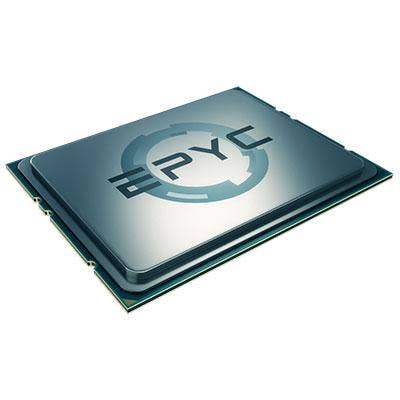
AMD Epyc 7000 Series
AMD in May introduced its first new server processor in five years, a new Epyc line of x86-compatible processors. The company said its new server processors offer stronger performance than Intel's latest Broadwell-based processors and the ability to bring significant total cost of ownership savings.
The Zen-based Epyc platform consists of nine 7000 processors that boast a larger memory bandwidth and broader array of input/output lines. The lineup ranges from eight-core, 16-thread pieces up to 32-core, 64-thread CPUs with four eight-core dies.
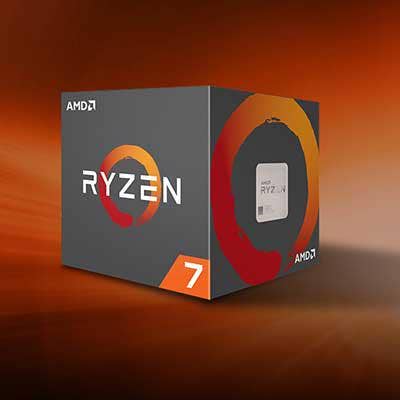
AMD Ryzen 7
AMD in March introduced three, eight-core Ryzen 7 models, which are based on the new AMD Zen core microarchitecture and are targeted at PC gamers and enthusiasts.
AMD's three Ryzen 7 chips, which all have 8eightcores and 16 threads, range in base clock from 3GHz for the 1700 model to 3.6 Hz for the 1800X model. The chips also range in suggested pricing, from $349 for the 1700 to $499 to the high-end 1800X.
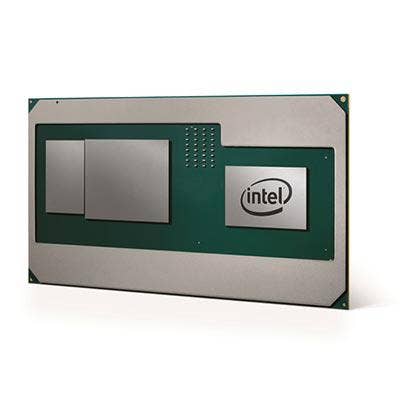
AMD- Intel Core H-Series Processor
Longtime rivals Intel and AMD in November surprised partners by announcing they would pair up to help enthusiast laptops become thinner, lighter and "deliver a premium experience" with a new chip that includes technology from both companies.
The new eighth-generation Core processor will pair Intel’s mobile-targeted Core H-series processor, second-generation high-bandwidth memory and an AMD Radeon Technologies Group discrete graphics chip in a single processor package. The companies did not reveal details on the release date or pricing of the chip.
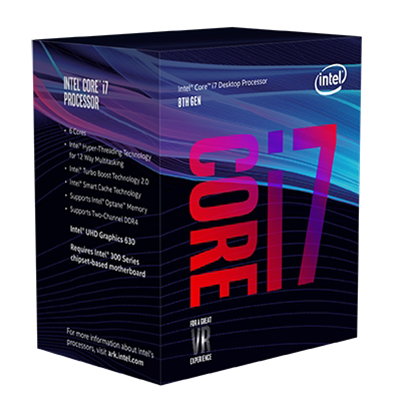
Intel Core i7-8700K
Intel in September unveiled eighth-generation desktop processors, led by its "best gaming desktop processor ever" – the Core i7-8700K – which has a frequency of 3.7GHz and is capable of being overclocked to 4.7GHz, using Intel's Turbo Boost 2.0.
That six-core, 12-thread processor costs $359 and will help consumers with 4K video editing and multitasking – as Intel's Hyper-Threading technology allows the processor's cores to work on two tasks to speed up workflows and accomplish more in less time.
Intel said that its new desktop processors, which include the i7, six-core i5 and four-core i3 processors, can render video frames 25 percent faster than the seventh-generation chips.
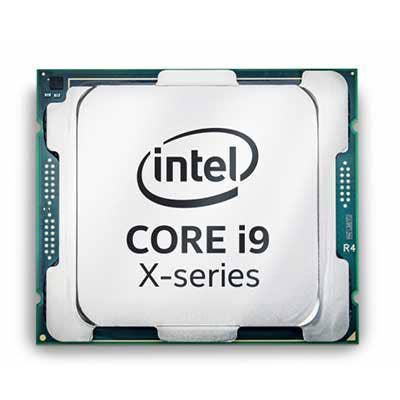
Intel Core i9 X-series
Intel in May lifted the curtain on its new Core X platform of processors, a lineup that includes what it called "the most extreme desktop processor ever introduced.’
The company’s processor lineup is led by the new powerhouse Intel Core i9 processor brand, which features up to 18 cores and 36 threads and is targeted at top-of-the-line enthusiast systems. Intel said its Core i9 Extreme Edition 9-7980XE, which starts at $1,999, is best for such applications as advanced gaming, virtual reality and content creation.
Intel said that its new Core X lineup packs up to 10 percent faster multi-thread performance over its previous generation of chips, offering extreme performance and mega-tasking capabilities for gamers in the enthusiast segment.
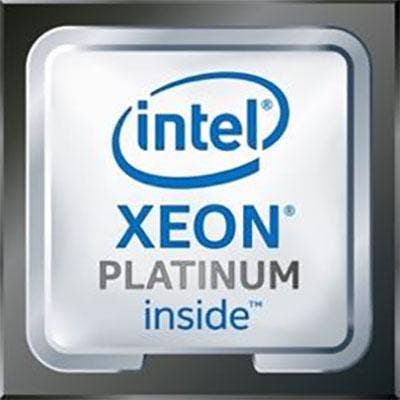
Intel Skylake Purley Xeon Scalable Platform
Intel in July revealed its new Skylake family of server processors aimed specifically at data center applications. The Skylake lineup includes the company’s new mesh-based Purley architecture to reduce latency at high core counts.
The new Intel Xeon Scalable Platform processors, which feature up to 28 processor cores per socket, have the performance to give customers improved security, including encryption and decryption of data at nearly no performance penalty, as well as simplified deployments for cloud service provider and other environments, Intel said.
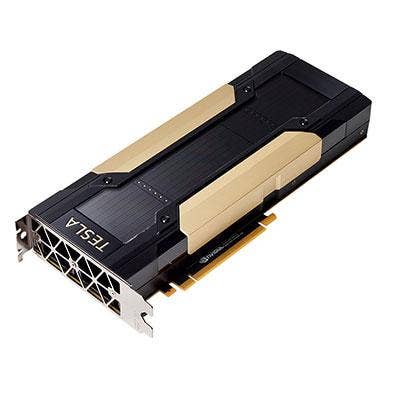
Nvidia Tesla V100
Nvidia this year launched the Tesla V100, a new data center GPU, as the first showcase of the company's seventh-generation GPU computing architecture, Volta.
The Tesla V100 will be based on the Volta architecture--the successor to Pascal--and is targeted at enabling artificial intelligence and high-performance computing. The GPU provides 120 teraflops of performance for deep learning, or the equivalent 100 CPUs worth of performance, Nvidia said.
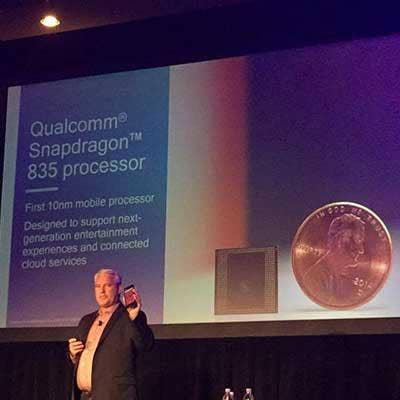
Qualcomm Snapdragon 835
Qualcomm launched the Snapdragon 835 during CES 2017 to give mobile phone, connected device and virtual reality users a "best-in-class experience.’ This processor has a slew of cool new features, including 10-nanometer technology and better battery life. On the virtual reality side, the Snapdragon 835 features faster 3-D graphics and 60 times more colors. While the Snapdragon 820 has powered smartphones that support virtual reality, Qualcomm said the Snapdragon 835 will appear in next-generation virtual reality headsets.
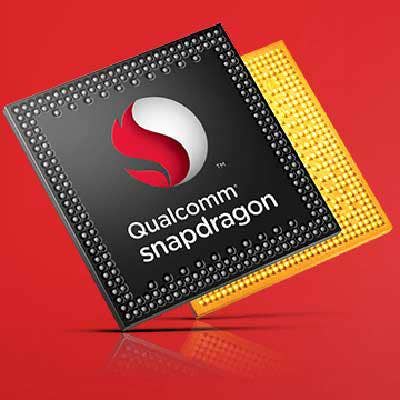
Qualcomm Snapdragon 450 Mobile Platform
Samsung’s Snapdragon 450 Mobile Platform, which is the successor to the Snapdragon 435, is targeted at midtier smartphones and tablets. The processor features a 25 percent improvement to both computing and graphics performance, along with better power management--resulting in up to four hours of additional battery life in devices.
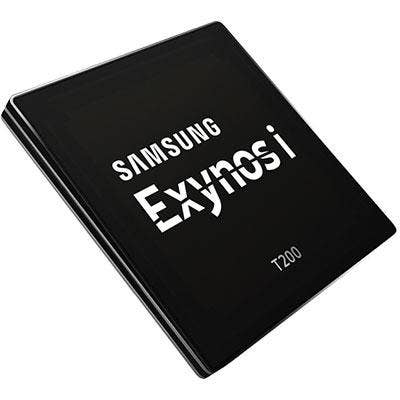
Samsung Exynos i T200
Samsung unveiled the Exynos i T200 as a pivotal point around its Internet of Things strategy. The solution is low power and uses a 28-nanometer process, and also features Wi-Fi connectivity. Notably, the Exynos i T200--which integrates Cortex-R4 and Cortex-M0+ chips--doesn't need an extra microcontroller for performing processing and other tasks.